Life after the Istana: What former Singapore presidents did after stepping down from role
The life of a president in Singapore is not easy.
Apart from authorising investigations and vetoing appointments of key public office holders, they have to safeguard Singapore's past reserves and are empowered to veto the budgets of the Government and Fifth Schedule companies.
So, what happens after their time as head of state? Do they have a happy retirement or have to grind hard elsewhere? Or do they stay president till their final breath?
Here's what our past eight presidents did after leaving office.
Yusof bin Ishak
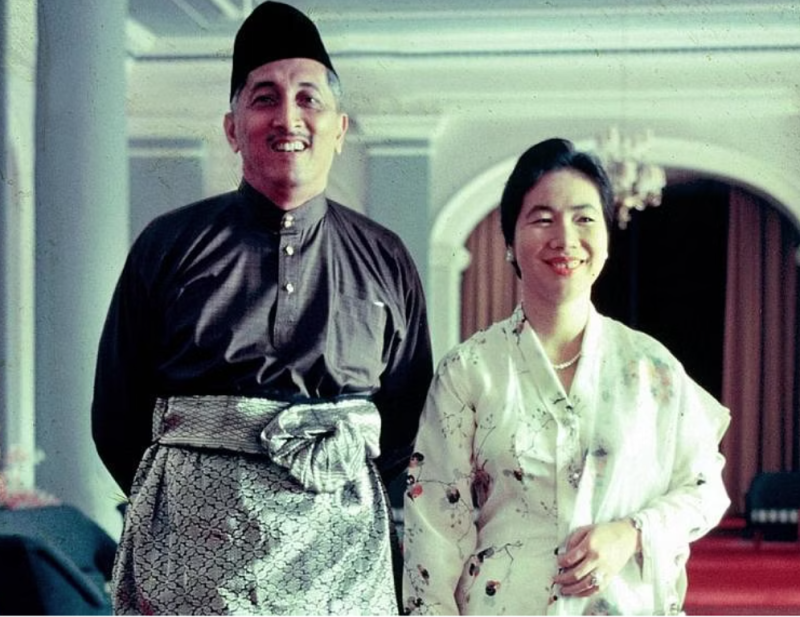
As we all know, thanks to his face printed on our dollar notes, Yusof Ishak was Singapore's first president.
According to the National Library Board's Singapore Infopedia, he became Singapore's first Malayan-born Yang di-Pertuan Negara (head of state) on Dec 3, 1959 and was the British Queen's representative.
When Singapore became a constituent state of the Federation of Malaysia on Sept 16, 1963, he was reappointed Yang di-Pertuan Negara of Singapore by then Malaysia’s head of state – the Yang di-Pertuan Agong – on Dec 4, 1963 for another four-year term.
On Aug 9, 1965, when our little red dot became an independent nation, the title of its head of state was changed from Yang di-Pertuan Negara to President. Yusof was subsequently sworn in as the first president of the Republic of Singapore.
He was re-elected for a second four-year term on Dec 4, 1967.
Yusof never got the chance to step down from his role as he died of heart failure on Nov 23, 1970, during his second term as president.
Benjamin Henry Sheares
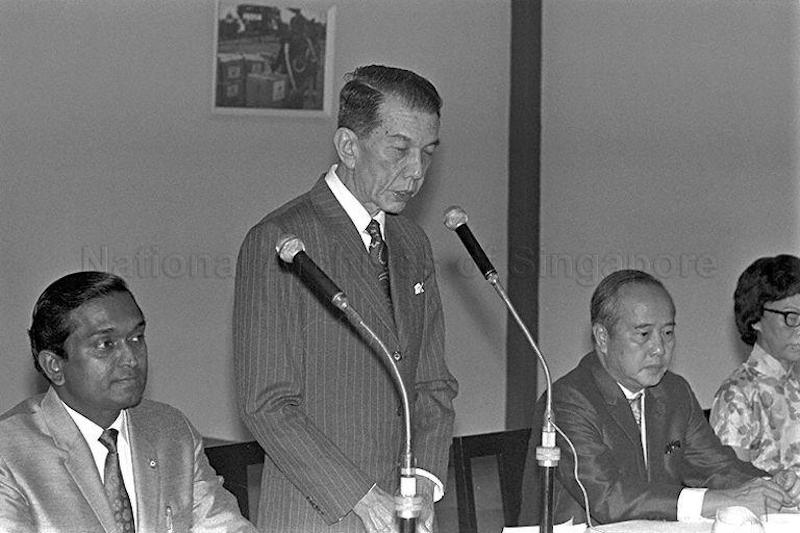
Benjamin Henry Sheares succeeded Yusof as president and was elected by parliament on Dec 30, 1970.
He was re-elected for a second four-year term on Nov 6, 1974.
As he and then-prime minister Lee Kuan Yew both had their offices at the Istana, they developed a "warm and close friendship", reported digital archive Wayback Machine.
In fact, when Sheares was reluctant to accept a third term of office as he "was apprehensive he did not have the strength to fulfil his duties to the end", Lee encouraged him to do so.
Sheares eventually took on a third term on Dec 29, 1978.
Like Yusof, he did not get a chance to step down from his role as president and died on May 12, 1981, after a coma, during his third term as president.
CV Devan Nair
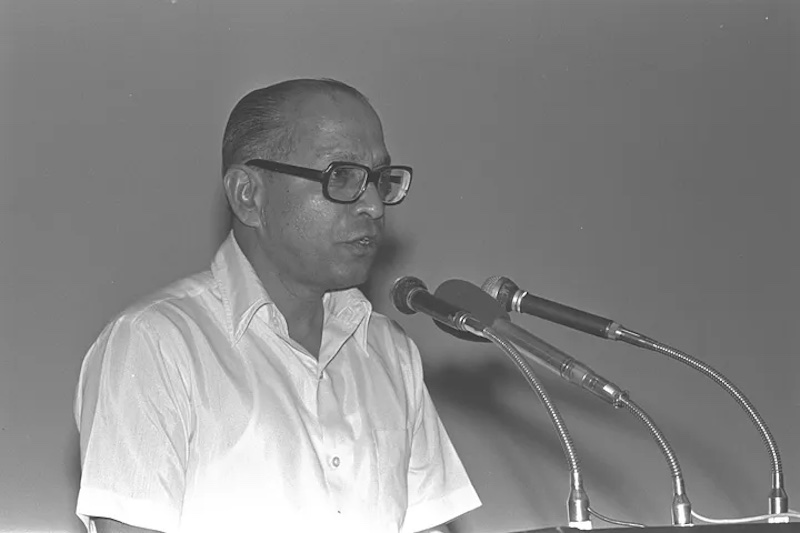
CV Devan Nair was elected by parliament as Singapore's third president on Oct 23, 1981, and he took office the following day.
Nair eventually decided to tender his resignation as President of Singapore in March 1985 in view of his own medical condition.
He was the first president to resign from office and did so about seven months before the end of his term.
Nair and his wife eventually migrated to Hamilton, near Toronto, Canada, in 1995.
Wee Kim Wee
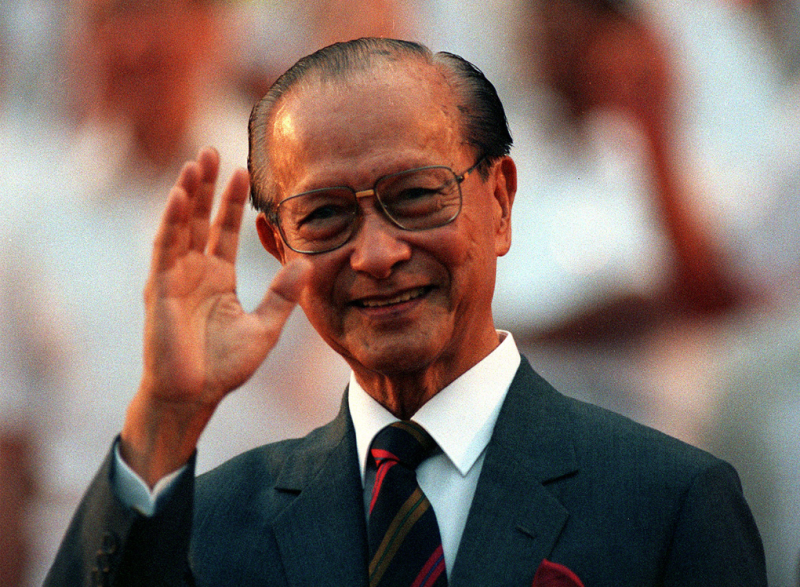
The fourth president of Singapore was Wee Kim Wee, who was elected by parliament on Aug 30, 1985. He was the last president to be appointed by Parliament.
He took office on Sept 2, 1985, and was president for two four-year terms.
Wee was the first president vested with the powers of an elected president when the legislation on elected presidency came into effect on Nov 30, 1991.
He retired from office when his second term ended on Sept 1, 1993.
After leaving office, Wee was appointed as deputy registrar of marriages in 1993, and in 1999, he became director of Cathay Organisation Holdings.
Ong Teng Cheong
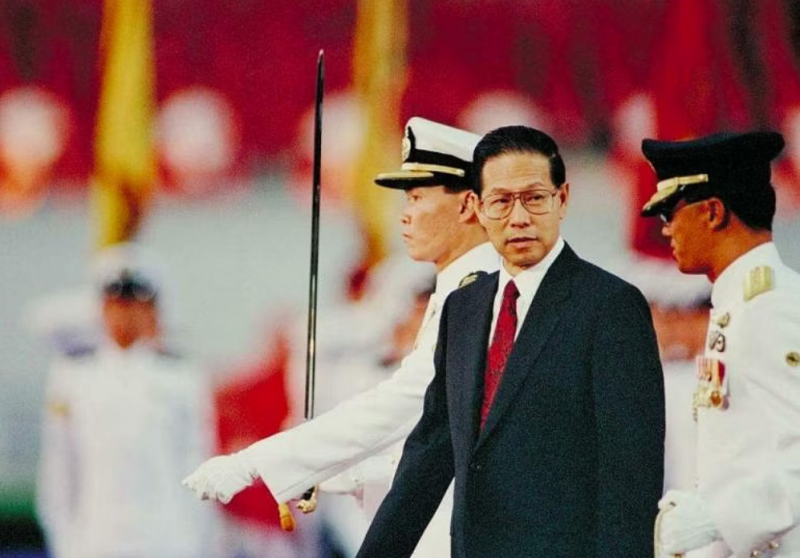
When Singapore held its first presidential election in 1993, Ong Teng Cheong was one of the two eligible candidates to stand for the presidential elections and was our first elected president.
He was previously a member of parliament with the People's Action Party (PAP) and resigned from his position there, as well as his position in the Cabinet and the National Trades Union Congress (NTUC), to run for president, reported the National Library Board's Singapore Infopedia.
Ong held office for six years and when his term as president ended on Aug 31, 1999, he decided not to run for a second term and retired from office.
After doing so, the former architect resumed his practice.
S R Nathan
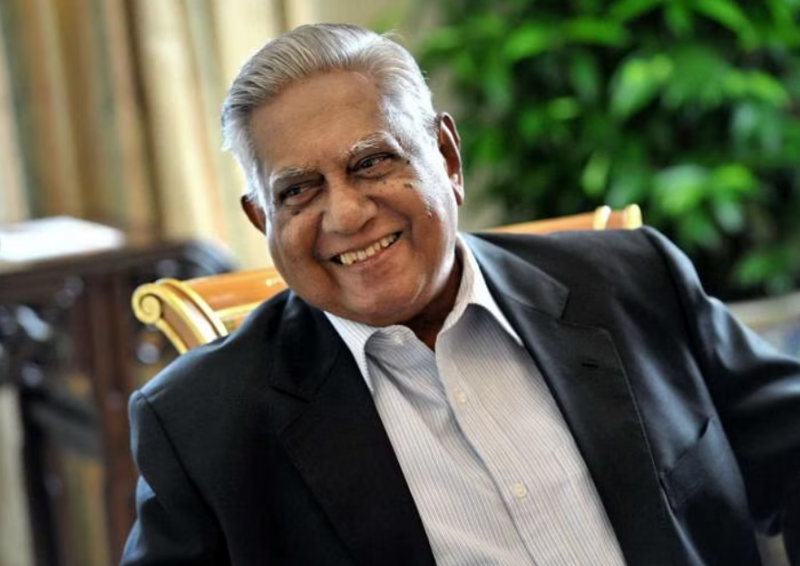
Many of us would fondly remember seeing the late S R Nathan's and his wife's pictures hanging in our school halls and general offices.
He was Singapore's longest-serving president and held the role from Sept 1, 1999, to Aug 31, 2011.
When then-president Ong Teng Cheong declared his decision to not seek re-election, Nathan was asked to consider running for office by a number of public figures, including then-senior minister Lee Kuan Yew and Wee Kim Wee.
He announced his candidacy for the presidential post on Aug 6, 1999 and was the sole eligible candidate after two other potential candidates failed to meet the constitutional criteria.
Nathan was sworn into office on Sept 1, 1999 and on Aug 17, 2005, he was re-elected for a second term without contest as there were no other eligible challengers.
He announced that he would not seek a third term in July 2011 and stepped down on Aug 31, 2011.
After retiring from his presidential duties, he kept himself very busy.
Apart from taking up the appointments of distinguished senior fellow at the Institute of Southeast Asian Studies and at the Singapore Management University’s School of Social Sciences, he established the S R Nathan Education Upliftment Fund, which supports needy students.
On top of that, he published two memoirs — An Unexpected Journey: Path to the Presidency, and S R Nathan: 50 Stories from My Life.
He even ventured into children's literature and wrote folktales like The Crane and the Crab.
Tony Tan Keng Yam
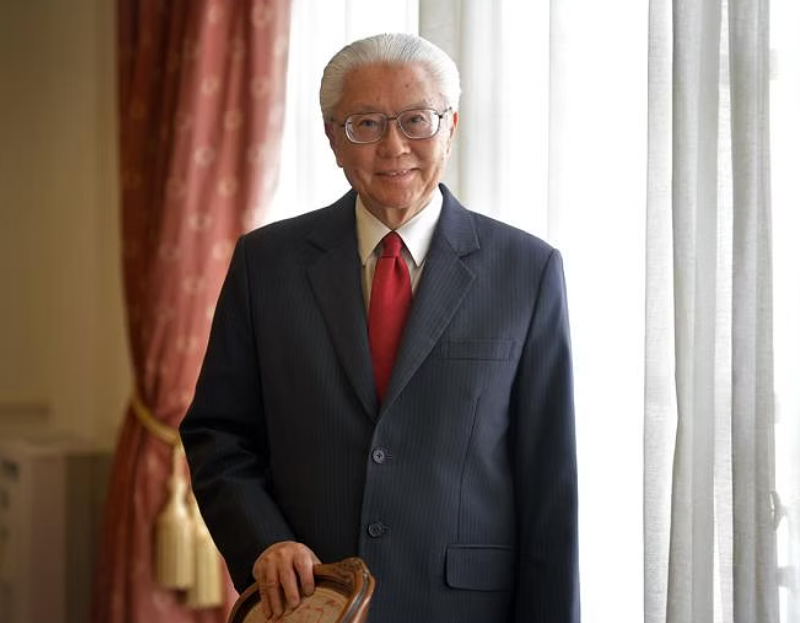
When Tan announced that he wanted to run in the presidential elections in June 2011, he resigned from his posts at the Government of Singapore Investment Corporation (GIC), Singapore Press Holdings (SPH), as well as his membership in the PAP, according to National Library Board's Singapore Infopedia.
He went against fellow candidates Tan Kin Lian, Tan Cheng Bock and Tan Jee Say, and won the election with 35.2 per cent of the total votes.
He was sworn in as president on Sept 1, 2011 and stepped down on Aug 31, 2017 after serving for one term.
He was appointed Director and Special Advisor of GIC from Jan 1, 2018 onwards.
Halimah Yacob
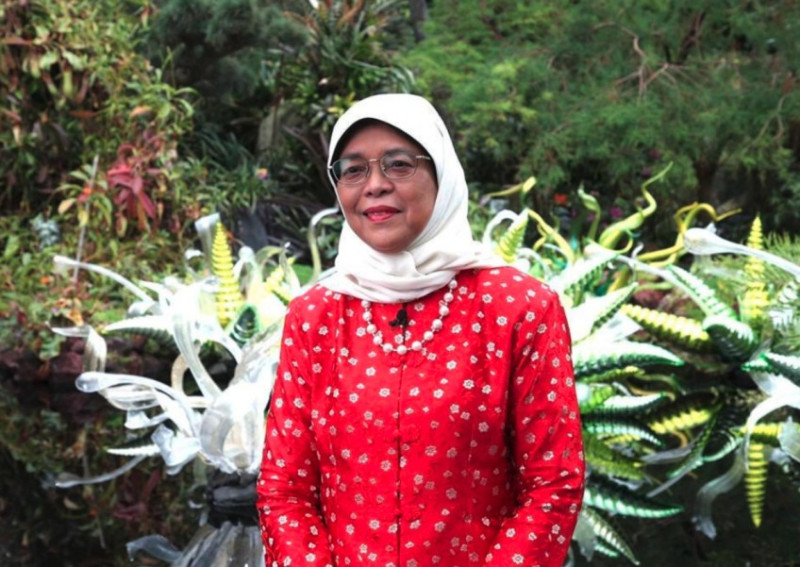
Halimah Yacob made history by being Singapore's first female president.
She was issued a certificate of eligibility by the Presidential Elections Committee on Sept 11, 2017, and was the only presidential hopeful out of three to receive one, according to The Straits Times.
On Sept 14, 2017, she was sworn in.
When asked about her plans after stepping down from her role, she said she will be retiring.
She also plans to continue championing certain causes such as raising awareness about mental health and helping people with disabilities, which are two issues she holds close to her heart.
ALSO READ: What are the duties of Singapore's president?
No part of this story or photos can be reproduced without permission from AsiaOne.
melissateo@asiaone.com
Disclaimer: The copyright of this article belongs to the original author. Reposting this article is solely for the purpose of information dissemination and does not constitute any investment advice. If there is any infringement, please contact us immediately. We will make corrections or deletions as necessary. Thank you.







